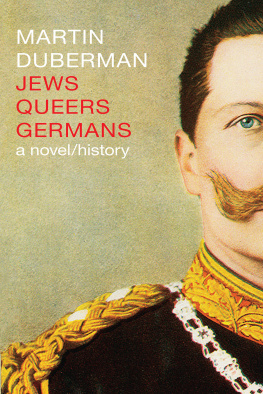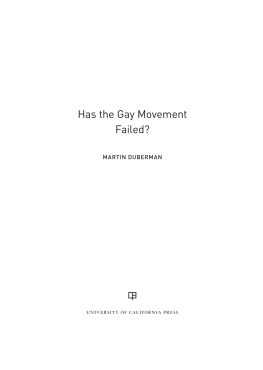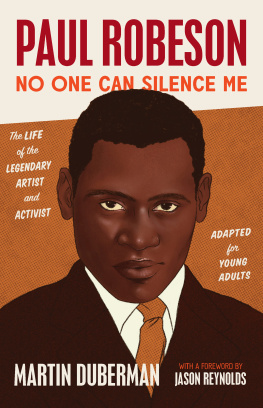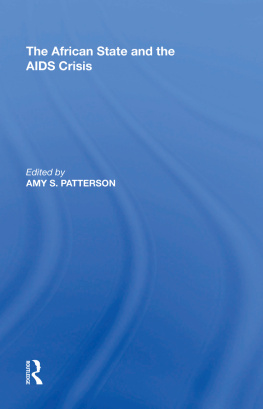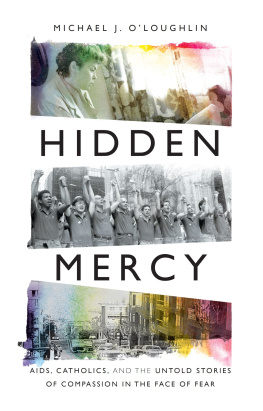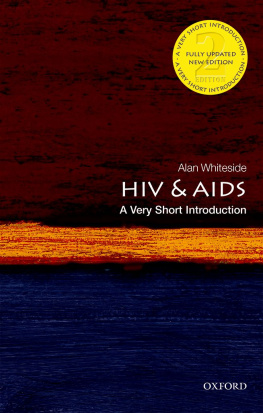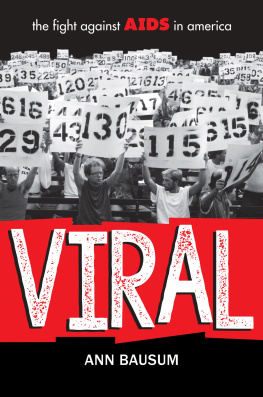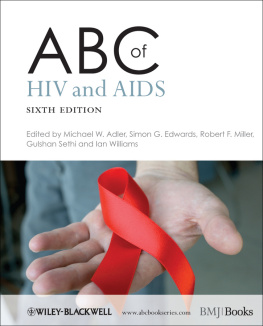HOLD TIGHT GENTLY
ALSO BY MARTIN DUBERMAN
NONFICTION
Howard Zinn: A Life on the Left
A Saving Remnant:
The Radical Lives of Barbara Deming and David McReynolds
Waiting to Land: A (Mostly) Political Memoir
The Worlds of Lincoln Kirstein
Left Out: The Politics of Exclusion: Essays 19642002
Queer Representations (editor)
A Queer World (editor)
Midlife Queer: Autobiography of a Decade, 19711981
Stonewall
Cures: A Gay Mans Odyssey
Hidden from History: Reclaiming the Gay and Lesbian Past (co-editor)
Paul Robeson: A Biography
About Time: Exploring the Gay Past
Black Mountain: An Exploration in Community
The Uncompleted Past
James Russell Lowell
The Antislavery Vanguard (editor)
Charles Francis Adams, 18071886
DRAMA
Radical Acts
Male Armor: Selected Plays, 19681974
The Memory Bank
FICTION
Haymarket
HOLD
TIGHT
GENTLY
Michael Callen, Essex Hemphill,
and the Battlefield of AIDS
Martin Duberman

2014 by Martin Duberman
All rights reserved.
No part of this book may be reproduced, in any form, without written permission from the publisher.
Requests for permission to reproduce selections from this book should be mailed to: Permissions Department, The New Press, 120 Wall Street, 31st floor, New York, NY 10005.
Published in the United States by The New Press, New York, 2014
Distributed by Perseus Distribution
CIP data available
ISBN 978-1-59558-965-1 (e-book)
The New Press publishes books that promote and enrich public discussion and understanding of the issues vital to our democracy and to a more equitable world. These books are made possible by the enthusiasm of our readers; the support of a committed group of donors, large and small; the collaboration of our many partners in the independent media and the not-for-profit sector; booksellers, who often hand-sell New Press books; librarians; and above all by our authors.
www.thenewpress.com
Composition by Westchester Book Composition
This book was set in Janson Text
2 4 6 8 10 9 7 5 3 1
To the memory of those lost to AIDS

Theres a certain slant of light,
On winter afternoons,
That oppresses, like the weight
Of cathedral tunes.
Heavenly hurt it gives us;
We can find no scar,
But internal difference
Where the meanings are....
Emily Dickinson
Contents
Since the midnineties, public concern in the United States about the AIDS pandemic has continued to decline, even as the disease continues to spread. The number of Americans who consider AIDS the most urgent health problem facing the nation dropped from 44 percent in 1995 to 6 percent in 2009. One reason, surely, is that AIDS has become less and less a white disease and more and more a disease associated with people of color. Globally, fewer than half the people afflicted with AIDS are receiving treatment, and in light of recent budget cuts reducing AIDS expenditures, that number is likely to decline further. Even in the most developed countries, suppression of HIV through antiretroviral medication remains incompletely effective.
In its most recent (May 2012) report, with data through 2009, the Centers for Disease Control (CDC) shows a vast disparity of new infections among racial-ethnic groups in the United States. Though African Americans make up only 12 percent of the population, black men who sleep with men account for 45 percent of new AIDS diagnoses. This is despite the fact that young gay black men have fewer partners, less unprotected sex, and lower rates of recreational drug use than other gay men. Some Latino men who sleep with menwho made up 20 percent of new AIDS diagnoses in 2009like some African American men do not primarily self-identify as gay (not least because many consider gay a white term). Those who sleep with women as well as men help to accountespecially in hot-spot cities such as Washington, D.C.for the recent realization that new HIV and AIDs cases among African American women are now comparable to rates for women in sub-Saharan Africa. Infection rates continue to rise among white gay men as well, but the mortality rates arent comparable: the proportion of deaths among whites (and especially among those with high levels of educationand the income and access that follow) has declined, but HIV and AIDS among men and women of color in the United States of all sexual preferences continues to skyrocket, especially among lower-income populations. African American women are now dying at fifteen times the rate white women do. Self-identified gay men of all colors, however, are still fifty times more likely to contract AIDS than any other demographic group.
One would expect to find mainstream LGBT organizations and spokespeople still vociferously active in pressuring pharmaceutical companies and researchers to come up with better treatments and preventative strategies, and governmental agenciesthe CDC, the National Institutes of Healthoffering greater services to those already ill. But that isnt the case. The sense of urgency among gay people themselves is seemingly gone; a portion of the new generation dislikes using condoms for safer sex and tells itself that with the advent of protease inhibitors, AIDS is now a manageable disease. It is, for those who can afford and who can tolerate the medications, though no one knows how long theyll remain effective and what secondary damage theyre doing along the way; for some people the drugs dont work at all, for others only briefly.
The older generations of white gay men who have physically survived the epidemic have buried their deadand to a regrettable degree, their heads in the sand. As the longtime AIDS journalist John-Manuel Andriote has put it, the traditional donorsmiddle-class and affluent white gay menhave moved on since they can now get their HIV-related medical care from their private physicians.... The old ACT UP slogan of Silence = Death still holds, if by silence we mean withholding of support. Since the midnineties the mainstream gay agenda has demoted AIDS from its top priority and replaced it with what those of us on the left call the assimilationist items of legal matrimony and the patriotic right to serve openly in the armed forces.
In Africa, AIDS is primarily a heterosexual phenomenon, but in the United States it remains a profoundly gay one, with poor, young, nonwhite men disproportionately impactedthough children, intravenous drug users, and heterosexual women are hardly immune. But self-identified gay men in the United States do still make up 48 percent of the 1 million people currently living with AIDS. We havent even reached the point where the annual increase in gay male patients being treated exceeds the number of gay men being newly infected.
My hope is that this book will shed additional light on our current approach to AIDS by scrutinizing more closely the earlier years (198195) of the epidemic, and in particular the preACT UP (1987) period. Ive chosen to tell this story through the lives of two gay men, the singer and activist Michael (Mike) Callen and the poet and cultural worker Essex Hemphill. The two never met and had little in common. Mike was a white midwesterner who came to New York City after college to pursue a singing career. Essex was an African American gay man who grew up in Washington, D.C., and knew early that he wanted to become a writer, and specifically a poet.
Next page

